

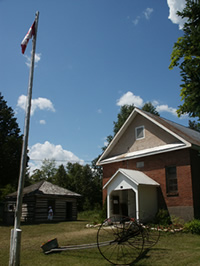 Founded in 1963 by the Historical Society, the St. Joseph Island Museum has over 7000 artifacts covering over 200 years of Island History. The progression of the Island is represented in four time periods: native encampments to Fort St. Joseph (1798-1814); pioneer settlements (1835-1890); to a period of almost complete private ownership by 1890; and the depression and war years (1900-1945).
Founded in 1963 by the Historical Society, the St. Joseph Island Museum has over 7000 artifacts covering over 200 years of Island History. The progression of the Island is represented in four time periods: native encampments to Fort St. Joseph (1798-1814); pioneer settlements (1835-1890); to a period of almost complete private ownership by 1890; and the depression and war years (1900-1945).
The St. Joseph Island Museum was founded when the I Line United Church and the I Line School were donated to the Museum board. The log cabin was moved to the site by Mr. Ralph Nelson Sr., who donated his time and skills and lent funds for the project. The barn was moved to the site from the foot of the Island as a Canada Centennial project spearheaded by Jocelyn Township council. Some 20 men volunteered to dismantle the structure and rebuild it at the Museum Village.
In the 1970s, the church was stabilized with the donated labour of Jim Harten and Ralph Nelson. Electricity was installed in most buildings. A map showing the original locations of the buildings was framed and hung on the barn. Ministry courses in filing, genealogy and conservation were attended by curator Ada Trantor and two students. The huge puddingstone was erected by Ralph Nelson Sr.
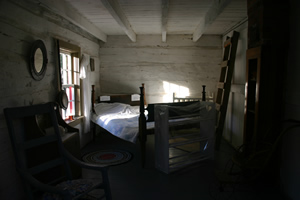 In the 1980s, an enormous white pine log, representative of Ontario's last virgin timber, was installed and protected on the grounds. The Island's first school, circa 1887, was moved to the Museum Village from Sailor's Encampment. In 1988, the 1912 Kentvale General Store was donated by Cal Kent and moved to the site.
In the 1980s, an enormous white pine log, representative of Ontario's last virgin timber, was installed and protected on the grounds. The Island's first school, circa 1887, was moved to the Museum Village from Sailor's Encampment. In 1988, the 1912 Kentvale General Store was donated by Cal Kent and moved to the site.
The present number of artifacts is over 7000 and growing, all of them donated by Island residents and businesses. Some of the more interesting include Fort St. Joseph relics, native relics, a horse drawn hearse complete with occupant, military artifacts, stoneware, quilts, post office equipment, a telephone operator's switchboard, tractors, a thresher, blacksmith equipment, farm implements, photos, clothing, and even a wreath made of human hair!

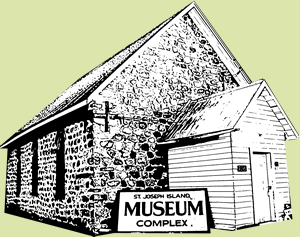
CHURCH
When the St. Joseph Island Museum opened in 1963, it was located in the stone church. Formerly known as the Zion Church, this historical building was erected in 1899 through the expertise of a local mason and numerous work bees held by members of the parish.
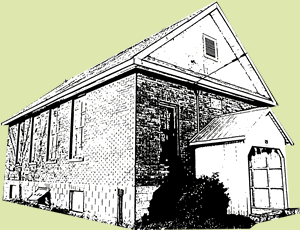
BRICK SCHOOL
The I-Line school, erected in 1933, was used until 1964 when all the one-room schoolhouses were closed and the children were bussed into Hilton Beach and Richards Landing.

BARN
The barn was torn down and re-located as a Centennial Project in 1967. It was re-built at the Museum in an old fashioned barn-raising bee. The Jim Reed Drive Shed is a new addition completed in 1999. It is named in honour of long-time museum volunteer and benefactor, Jim Reed.
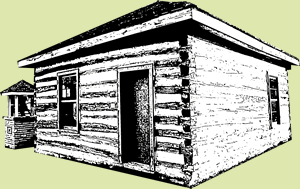
LOG SCHOOL
This is St. Joseph Island's first school, built at Sailor's Encampment in 1877. It was used as a school, council chambers, Sunday school, and as a private residence.
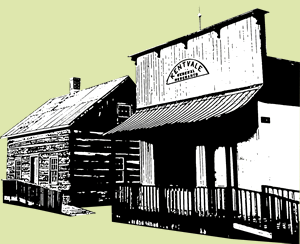
LOG CABIN
This log cabin is typical of early pioneer dwellings found on the Island in the 1890s. To lay claim to a property, settlers had to clear 15 acres and erect a dwelling. This cabin is actually a blending of two historical log cabins, because of base logs that had rotted and were no longer salvageable.
KENTVALE STORE
Kentvale Merchants has been a St. Joseph Island institution for over a hundred years. Since 1888, generations of the Kent family have been providing old fashioned service to the area. This store served the Island community from 1912 to 1932, when the current store was built.

